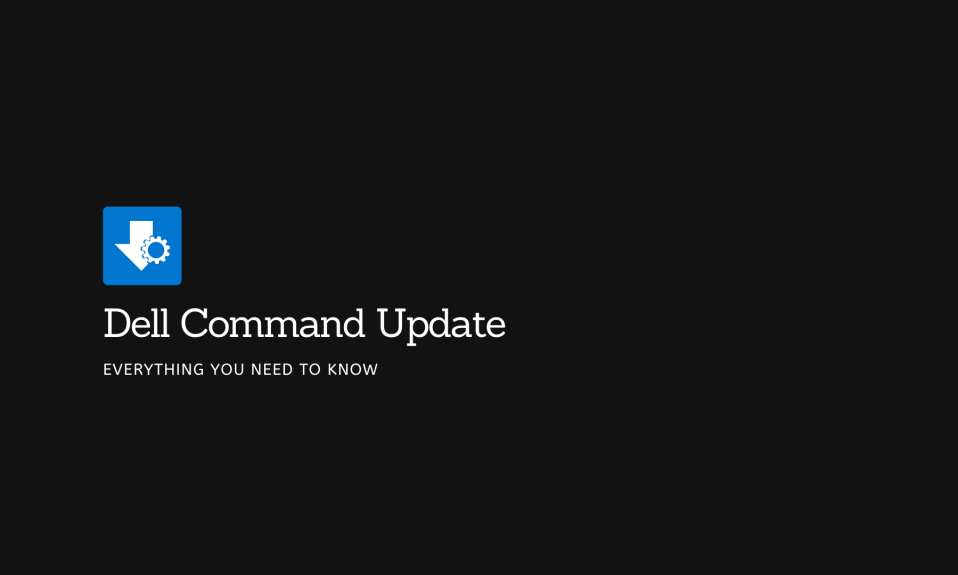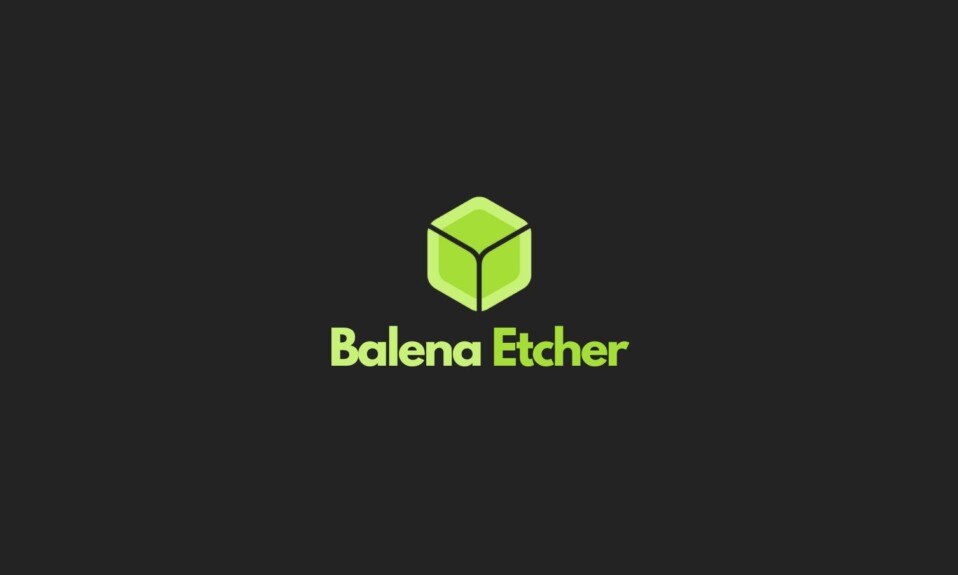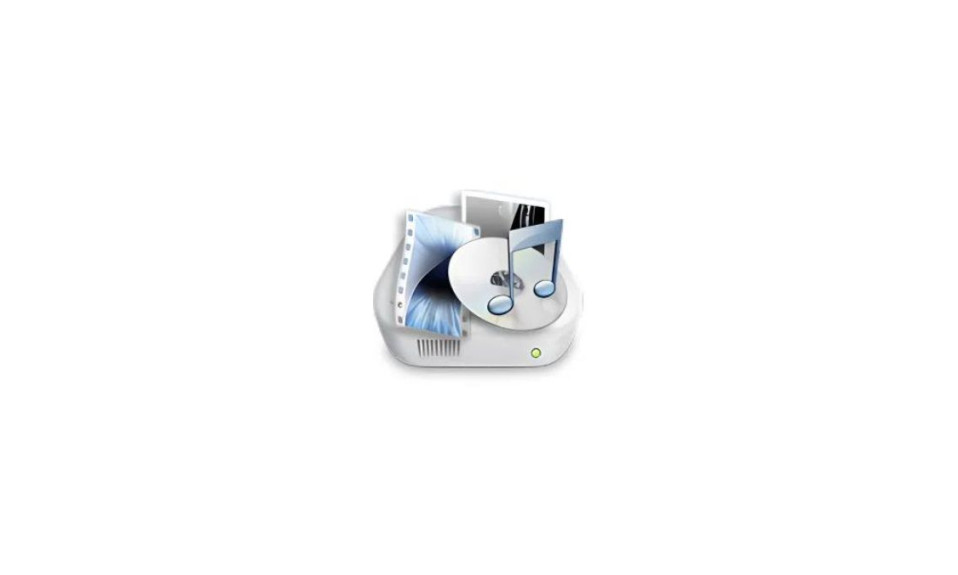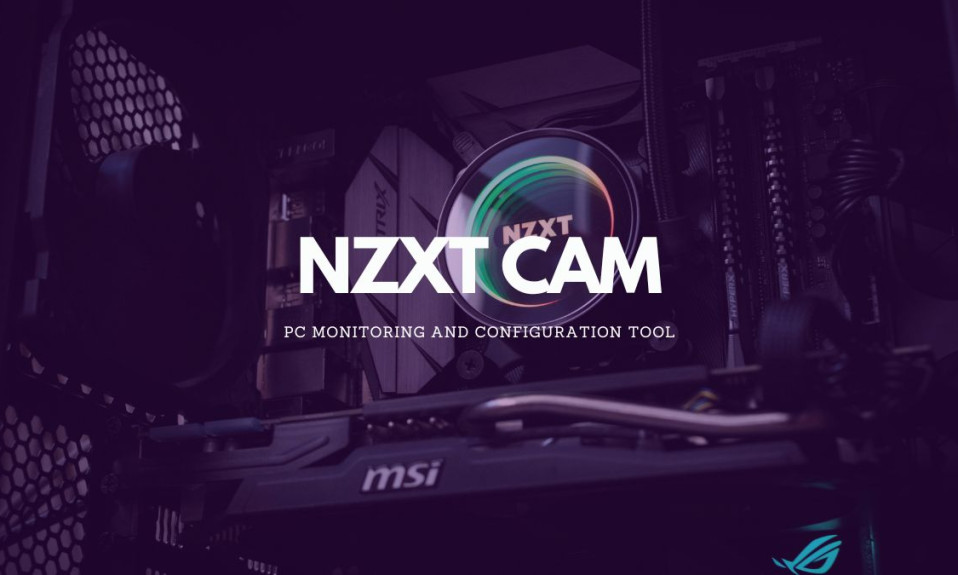
Updating a system isn’t necessarily a tedious task. Depending on what type of device you are using, it may just take a couple of clicks to get to the update page, download the update, install it, and wait for everything to finish.
However, it is also understandable that some people don’t know how to do that on a Windows PC. Thankfully, companies like Dell Technologies have some sort of proprietary app developed to make stuff like updates even simpler and easier. What is more, is that sometimes these apps may just give you a more customized experience even Windows itself can’t offer. If you are a commercial client, that will be the case with the “Dell Command Update” app.
What is Dell Command Update?

The Dell Command Update is a proprietary tool for automating software updates for Dell’s line of Windows laptops and desktop computers. The app unifies all the updates for the system BIOS, firmware, drivers, and application which usually requires attention or in business sectors, an additional workforce as this is usually done by IT professionals.
Aside from automating updates, the apps also offer added security features such as masking the passwords and enhanced command-line interface, and support for the Windows operating system when enabling the Federal Information Processing Standards (FIPS).
If you are not familiar with Federal Information Processing Standards (FIPS), it is a number of information technology standards that are set for processing documents and other encryption algorithms making the hardware available for use within non-military government agencies, and by government contractors and vendors (such as Dell) which work hand in hand with these agencies.
Features
As we have mentioned, the Dell Command Update offers a lot of valuable features for client systems. The following are the feature highlights of the app.
Install updates
As its name suggests, updates are one of the main features of the Dell Command Update. On a regular Windows computer, a user may have to manually update the BIOS, firmware, drivers, and applications.
If you know where to locate these hardware and system components, it should be a very easy job. However, for commercial clients, things as simple as system updates can become a very tedious task. The Dell Command Update allows for a unified update experience.
To check for any available updates, you may click “CHECK” as seen on the welcome screen. The Dell Command Update app should be able to tell if there are any updates for system components, and devices, as well as determine any available updates.
An advanced driver restore for Windows reinstallation
One of the most annoying things about Windows is that there is always a need to update drivers in order for some features to work. This is an issue if, for some reason, you want to reinstall your operating system. Thankfully, Dell Technologies has figured it out and allows the clients to restore all the drivers after an OS reinstallation.
Viewing and exporting system information, and log
If you suspect that something is going on with your Dell hardware, then you may need an IT professional to have a look at what has been going on. The Dell Command Update allows commercial clients to view as well as export system information. To do this, follow the steps below.
- On the welcome screen, click on System Information. This should be able to display necessary system information such as the name, description, version of the operating system, BIOS, drivers, and applications.
- Now, click Export to save all the system details in XML format.
You may also go to C:\ProgramData\Dell\UpdateService\Log to see all the activity log as well as debug information. It will also be saved in XML format.
Customized Selection
One of the coolest things about the Dell Command Update is its Selected Updates features. Basically, a client may choose which update they want to apply to the system. The updates are grouped based on their criticality: Security, Critical, Recommended, and Optional Updates. You may also select to apply all the updates.
How to Install Dell Command Update
Before installing the Dell Command Update, you first need to figure out which system you are running on. the app only has existing support for a couple of versions of the Windows operating system.
- Windows 7 (32-bit and 64-bit)
- Windows 8 (32-bit and 64-bit)
- Windows 8.1 (32-bit and 64-bit)
- Windows 10 (32-bit and 64-bit)
- Windows 11
Note that the Dell Command Update version for the Universal Windows Platform (UWP) supports only Windows 10 starting Redstone 1 build number 14393 or later, and Windows 11.
To download the Dell Command Update:
- Visit the support page, and search for Dell Command Update for Windows.
- Download the file Dell-Command-Update-Application-for-Windows_xxxxx_WIN_y.y.y_A00.EXE or Dell-Command-Update-Application_xxxxx_WIN_y.y.y_A00.EXE.
- Take note that the “x” represents the software ID, while the “y” in the file name represents the version number. Look for the latest version. It should be easy as it will always show up at the top.
To install the app, click on the downloaded executable file. However, if you prefer Silent Install, you need to run the following command in a command prompt with administrative privileges:
Dell-Command-Update-Application_xxxxx_WIN_y.y.y_A00.EXE /s
For the Universal Windows Platform (UWP):
Dell-Command-Update-Application-for-Windows_xxxxx_WIN_y.y.y_A00.EXE /s
If you want to capture the installation log just in case you are having some issues, you may use the following command:
Dell-Command-Update-Application_xxxxx_WIN_y.y.y_A00.EXE /s /l=C:\log path\log.txt
For the Universal Windows Platform (UWP):
Dell-Command-Update-Application-for-Windows_xxxxx_WIN_y.y.y_A00.EXE /s /l=C:\log path\log.txt
Dell Command Update VS SupportAssist
If you have been using Dell hardware, you must be familiar with its SupportAssist app. Users may even confuse it with the Dell Command Update, and it makes sense since both apps basically work almost the same way. However, only if you are a commercial client that the Dell Command Update will be necessary.
In a nutshell, the Dell Command Update is designed specifically to unify updates for the BIOS, driver, firmware, and applications, and accommodate commercial clients. The SupportAssist app does almost the same thing but it adds more functionality such as proactive system monitoring making sure that all applications and drivers are up to date, The SupportAssist app can also scan the hardware and software to look for any possible problem areas and report it back to the support.
How to Use Dell Command Update
Using the Command Update is a pretty straightforward experience as all the necessary options are displayed already on the welcome screen. Follow the steps below on how to quickly use the app to update your system.
- On the welcome screen, look for the “CHECK” button. This should initiate the checking of any available updates for your system.
- Wait for the app to finish scanning for updates related to system components, and devices. The app should be showing “Checking for updates”.
- If no updates are found, it should tell that the “system is up-to-date”. Otherwise, click “VIEW DETAILS” had it found any updates, and choose which one you want to apply to your system.
- Click “INSTALL” and wait for the installation to finish. Your computer may restart to finalize the update installation.
How to Uninstall Dell Command Update
If you want to uninstall the Dell Command Update, the following are the steps recommended by Dell Technologies.
Via Control Panel:
- Click on Start, then select Control Panel. You may also use the Search function for this.
- Inside the Control Panel, look and click Programs or Programs And Features.
- Select the Dell Command | Update for Windows, then click on Uninstall to start the uninstallation process. This will take about a minute or two.
- Restart your computer to apply system changes.
Alternatively, you may also uninstall the Dell Command Update using this:
- Open the Windows Settings then select System.
- Now, go to Apps and Features.
- Select Dell Command | Update for Windows, and then click Uninstall.
You may also uninstall the app using a command with administrative privileges. Run the following command:
Dell-Command-Update-Application_XXXXX_WIN_y.y.y_A00.EXE /passthrough /x /s /v"/qn"
For the log path command, run this:
Dell-Command-Update-Application_XXXXX_WIN_y.y.y_A00.EXE /passthrough /x /s /v"/qn /l*vx <log path>"
When uninstalling the Dell Command Update for the Universal Windows Platform (UWP), run the following command:
Dell-Command-Update-Application-for-Windows_XXXXX_WIN_y.y.y_A00.EXE /passthrough /x /s /v"/qn"
For the log path command, run this command:
Dell-Command-Update-Application-for-Windows_XXXXX_WIN_y.y.y_A00.EXE /passthrough /x /s /v"/qn /l*vx <log path>"
Frequently Asked Questions (FAQs)
What is Dell Command Update for?
The Dell Command Update is a proprietary standalone app for Dell’s commercial clients, allowing for automated BIOS, firmware, driver, and application updates. This eliminates the need for any occasional IT visit for manual updates. And because the app also allows clients access to system information, and activity log coded in an XML file, clients may also just send the log to its IT professional to find out the issues without the need to manually check for each of the systems for any issues.
Does Dell Command Update automatically update?
Yes. The Dell Command Update can automatically update your system had you enable the option to do so. If you want a more manual update, you may go to the app’s Settings, Update Settings, then click Manual Updates Only.
Is Dell Command Update free?
Yes. The Dell Command Update is a free utility application designed for Dell’s commercial clients. You may download it from the official Dell Support website, which supports various windows operating systems including the 32-bit version of Windows 7.




